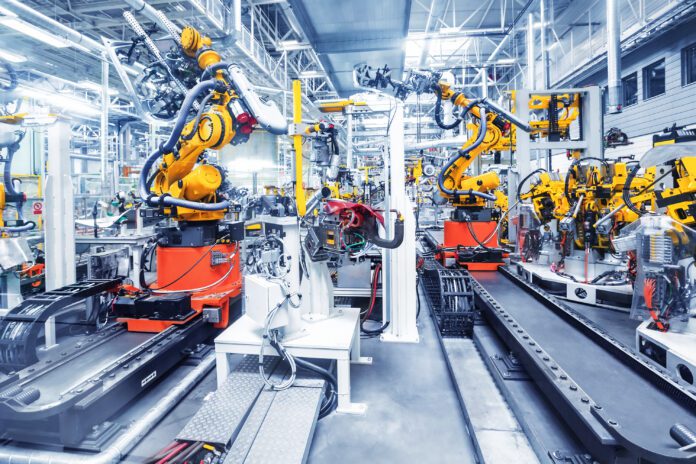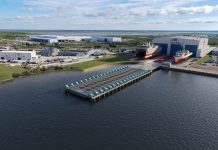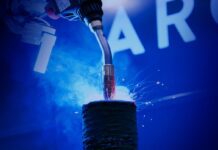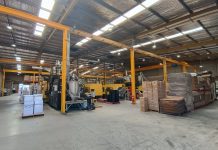
Transparency, clear priorities, and supporting training and research would help in the Albanese government’s goal “to revive our ability to make world-class products,” says Dr Jarryd Daymond from the University of Sydney Business School.
The fund will concentrate on making investments in advanced manufacturing with seven areas of importance, including sustainable energy, medical research, transport, value-added production in forestry, agriculture, and fisheries, value-added manufacturing in mining, military equipment, and “enabling capabilities,” as enumerated by Daymond.
For one, in order to provide the transparency promised by Albanese, the fund should publicly explain the logic behind its investment decisions, in the same way that the Reserve Bank of Australia’s board publishes minutes of its monthly policy meetings.
Dr Daymond emphasised that transparency and impartiality in decision-making will increase public trust in the fund.
Second, to ensure that projects that span several industries or applications do not get lost in the shuffle, the investment board of the National Reconstruction Fund will need to explicitly define investment priorities while maintaining flexibility.
Innovative concepts might not simply fall into one category, Dr Daymond said, adding that synthetic biology techniques can be applied to the manufacturing of food and the recycling of plastic.
Third, the University of Sydney lecturer stated that assisting lone ventures is insufficient.
He noted that these “enabling capabilities” are essential in this situation, and that a supportive ecosystem that coordinates factors including funding and policy priorities in education and training, research being done in universities, immigration situations, and natural advantages is needed to change the trajectory of manufacturing in Australia.
“Projects won’t succeed without skilled workers, strong research backing, and easy access to suppliers and customers,” he noted.
According to him, Australia’s renewable energy industry serves as an illustration of how a positive atmosphere may promote success.
Plenty of sun and wind, top research institutes, a sophisticated investor base thanks to the Clean Energy Finance Corporation, and an increasing number of people who care about eco-friendly energy solutions can all be found in Australia.
Additionally, Dr Daymond said there are also increasing numbers of trained professionals in the renewable energy sector and in Australia.
“By setting clear goals, encouraging innovation, and making decisions transparent, the fund stands the best chance to achieve what it has been created to do,” he emphasised.
This article was first published in The Conversation as “3 ways to help the $15 billion National Reconstruction Fund revive manufacturing.”
Dr Jarryd Daymond is a Lecturer in Strategy and Innovation at the University of Sydney Business School.



















